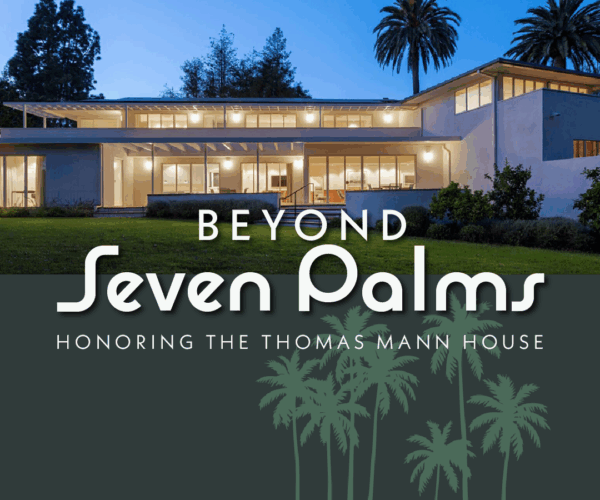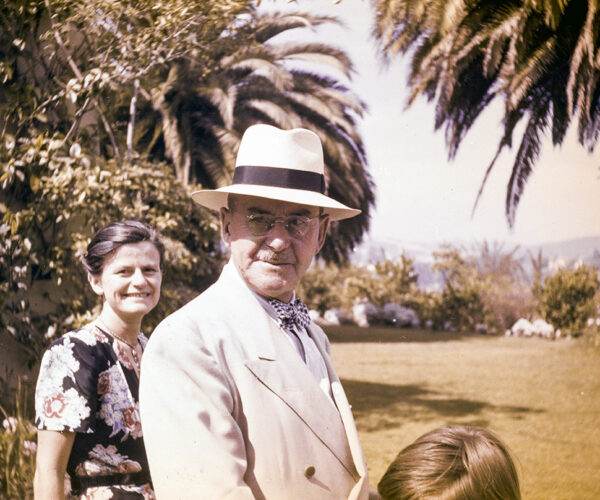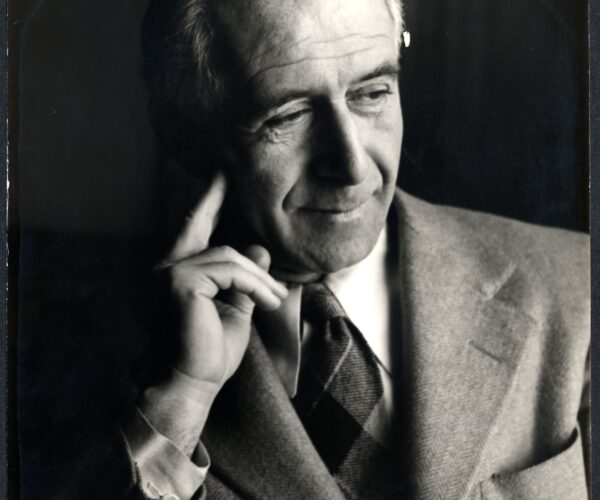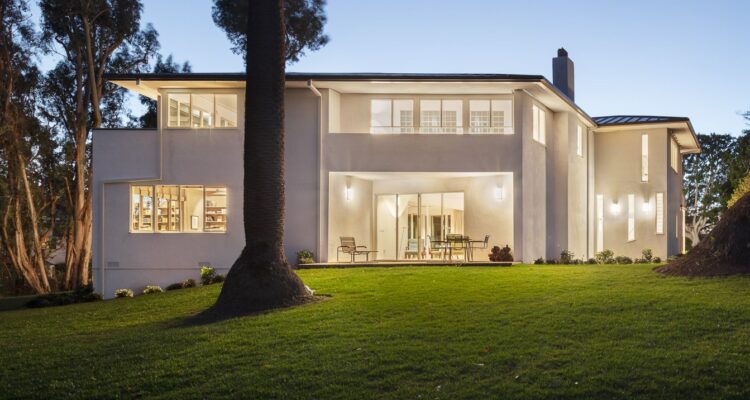
Place
Thomas Mann House
Once home to noted writer Thomas Mann, this modernist house was saved from demolition by the German government and given a new life as a space to explore culture and intellectual freedom.
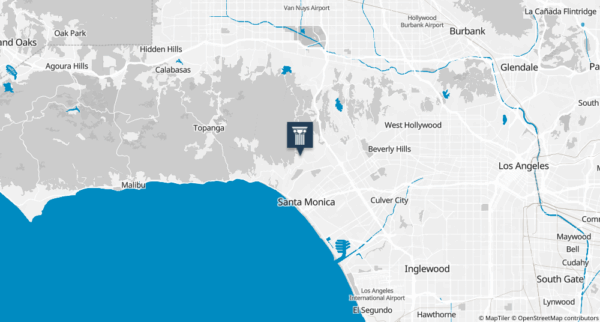
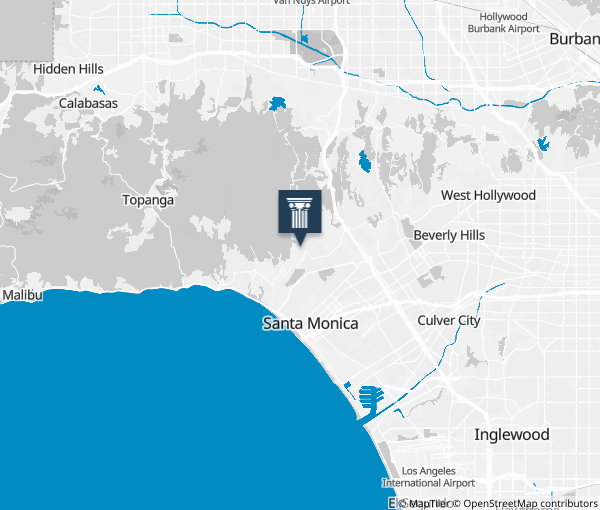
Place Details
Address
Get directions
Architect
Neighborhood
Year
Style
Decade
Designation
Property Type
Celebrated writer Thomas Mann (1875-1955) built his new home in the Pacific Palisades during one of the most pivotal decades in modern history (1942–1952). Mann joined a robust community of fellow German intellectuals living in exile, having fled Nazi Germany and settling in Los Angeles. Known as “Seven Palms,” the residence embodies the universal experience of exile and immigration: an exterior designed in a California-modern style, and an interior that became an “inhabited museum devoted to a lost homeland.”
Mann, a fierce opponent of anti-intellectualism, used his platform in California to speak out against the Nazi regime during World War II and penned some of his most notable works at his home in the Pacific Palisades. In 2016, the Federal Foreign Office on behalf of the Federal Republic of Germany purchased the home to protect it against demolition. Now, the Thomas Mann House lives on as a space for scholarly residency programs and transatlantic debate.
Located in the Pacific Palisades, the Thomas Mann House, designed by master architect J.R. Davidson and completed in 1941, was commissioned by Paul Thomas Mann (1875-1955), the German novelist and social critic who won the Nobel Prize for literature in 1929 and his wife Katia. The Manns lived at the house through 1952. While living here, Mann penned his novels Doctor Faustus and The Holy Sinner.
The Mann family selected architect J.R. Davidson to design their new home. Davidson was a fellow German émigré noted for his residential designs and participation in the postwar Case Study House program sponsored by Arts & Architecture magazine. The design of the Mann Residence is inspired by the International Style and features smooth, stucco surfaces, bands of windows, and second floor terraces topped by a continuous built-in pergola extending from the roofline that accentuate the home’s strong horizontal lines. The Mann House showcases Davidson’s pragmatic sensibility, featuring a private study wing that allowed Mann to write uninterrupted, with a direct stair to his bedroom and carefully considered buffers from household noise. The Manns were part of a large community of émigré artists and intellectuals who fled Nazi Germany for Los Angeles, many settling in the neighborhood of Pacific Palisades.
In 2016, the residence was put on the market after three generations of private ownership but was marked for demolition. Los Angeles Times architecture critic Christopher Hawthorne wrote about the house in his August 15, 2016 article “Thomas Mann house by midcentury great J.R. Davidson: L.A.’s next big teardown?,” in which he noted there was no mention in the listing of the home’s connection to Mann or Davidson and was being marketed as a teardown.
In 2016, the residence was put on the market after three generations of private ownership but was marked for demolition. Los Angeles Times architecture critic Christopher Hawthorne wrote about the house in his August 15, 2016 article “Thomas Mann house by midcentury great J.R. Davidson: L.A.’s next big teardown?,” in which he noted there was no mention in the listing of the home’s connection to Mann or Davidson and was being marketed as a teardown.
Thankfully, many opponents voiced their concern about demolition ‒ among them Frank-Walter Steinmeier, Germany’s Foreign Minister/Secretary of State at the time, Monika Grütters, State Commissioner for Cultural Affairs and the Media, and Herta Müller, Mann’s fellow Nobel laureate. They shared the goal of preserving the house as a place of remembrance and debate; the German government soon purchased the home and brought new life to this important space. Now, the Thomas Mann House is home to a residency program that,” offers intellectuals and visionaries an opportunity to engage in an exchange about the most important questions of our time – with each other as well as with their host country.”
Credit: Adrian Scott Fine/LA Conservancy and Villa Aurora-Thomas Mann House
